Home>diy>Building & Construction>What Does AHJ Stand For In Construction
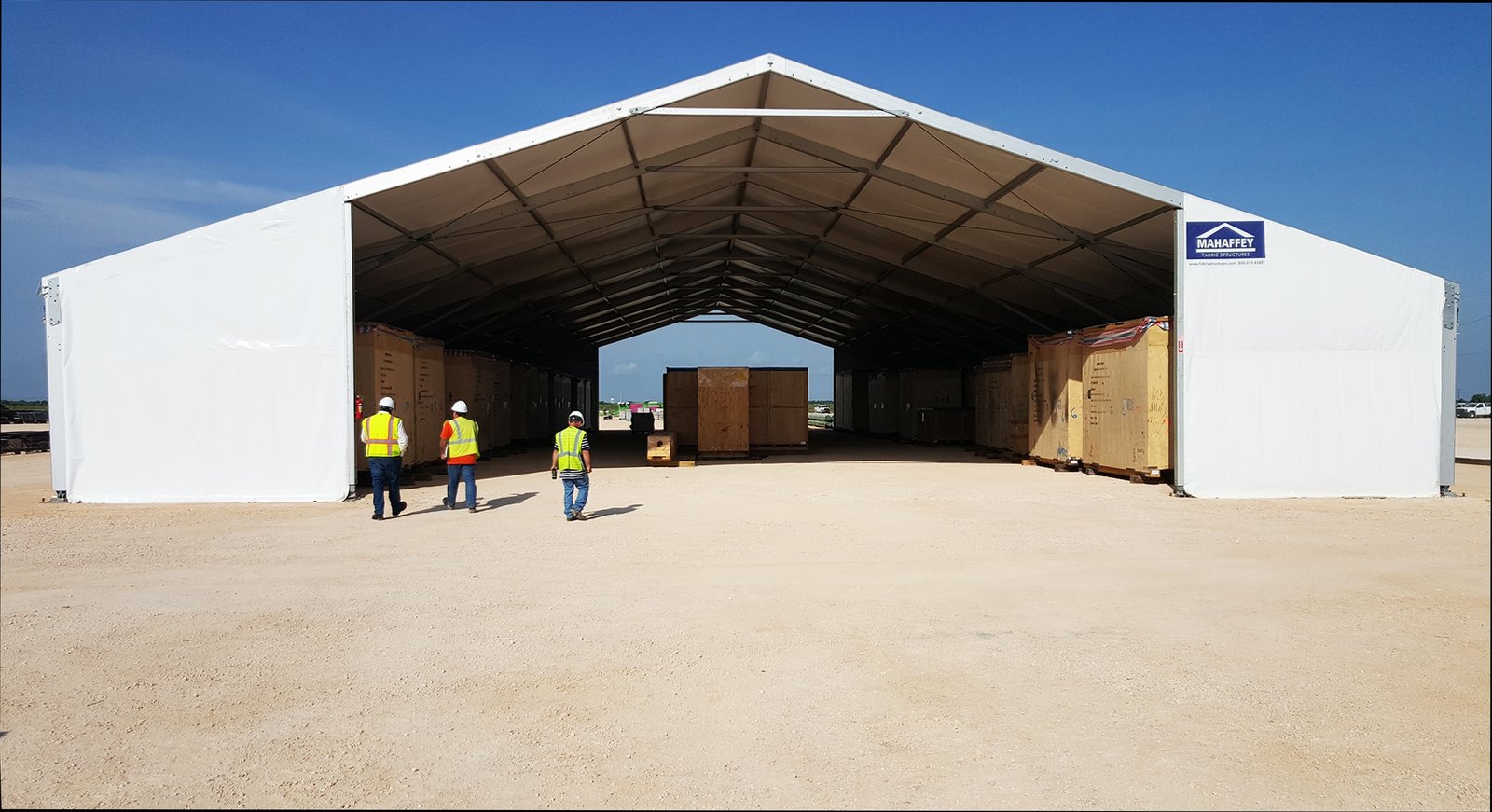

Building & Construction
What Does AHJ Stand For In Construction
Modified: October 21, 2024
AHJ stands for Authority Having Jurisdiction in the field of building construction. Learn more about AHJs and their role in ensuring compliance and safety in construction projects.
(Many of the links in this article redirect to a specific reviewed product. Your purchase of these products through affiliate links helps to generate commission for Storables.com, at no extra cost. Learn more)
Introduction
In the world of construction, understanding the various acronyms and terminology is crucial for professionals in the field. One acronym that frequently comes up is AHJ, which stands for “Authority Having Jurisdiction.” But what exactly does AHJ mean in the context of construction, and how does it impact the industry?
AHJ refers to the government agency or entity that has the authority to enforce construction codes, regulations, and permitting requirements in a particular jurisdiction. These authorities play a vital role in ensuring that construction projects meet the necessary safety standards and comply with local regulations.
The AHJ can take different forms depending on the location. It can be a municipal building department, a state agency, or even a special district. Regardless of its specific structure, the AHJ’s primary focus is to oversee and regulate construction activities within its jurisdiction to protect the health, safety, and welfare of the public.
The AHJ serves as the go-to resource for builders, contractors, architects, and property owners, providing guidance and enforcing compliance with construction codes and regulations. They are responsible for reviewing construction plans, conducting inspections, issuing permits, and enforcing compliance with applicable laws.
The involvement of the AHJ begins right from the planning stage of a construction project. Builders and contractors are required to submit detailed construction plans, including architectural, structural, electrical, plumbing, and mechanical designs, to the AHJ for review and approval. This ensures that the project meets all safety requirements before any work can commence.
Once construction is underway, the AHJ conducts regular inspections at various stages to verify compliance with the approved plans and applicable codes. Inspections can cover areas such as structural integrity, electrical wiring, plumbing systems, fire safety measures, and accessibility features. The AHJ has the authority to halt construction if any violations or safety concerns are identified.
In addition to inspections, the AHJ issues permits for construction activities. These permits serve as legal authorization to commence work on a project and are typically required for activities such as demolition, excavation, new construction, additions, alterations, and occupancy. Failure to obtain the necessary permits can result in penalties and delays in the project timeline.
The AHJ is also responsible for developing and enforcing construction codes and regulations. These codes are a set of standards and guidelines that dictate the minimum requirements for safe and habitable structures. They cover areas such as building design, occupancy limits, fire safety, energy efficiency, accessibility, and environmental sustainability. AHJs regularly update and adopt new codes to ensure that construction practices align with evolving industry standards and best practices.
It is important to note that AHJ requirements can vary from one jurisdiction to another. Different cities, states, or regions may have specific codes, regulations, and permit processes. Builders and contractors must familiarize themselves with the AHJ requirements in the specific area where they are conducting their projects to ensure compliance.
In the following sections, we will explore in more detail the qualifications and responsibilities of AHJs, their role in inspections and permits, as well as the challenges and benefits of working with them. Understanding the AHJ’s role and requirements is essential for successful construction projects and ensuring the safety and compliance of the built environment.
Key Takeaways:
- Understanding AHJs, their roles, and the importance of collaborating with them is crucial for successful construction projects. Navigating compliance complexities and leveraging AHJs’ expertise can enhance safety and quality in construction.
- Despite challenges, working closely with AHJs offers benefits such as expert guidance, code consistency, and public confidence. Embracing AHJs’ role fosters continuous improvement and supports the creation of safe, sustainable built environments.
Read more: What Does PR Stand For In Construction
Understanding AHJ in Construction
AHJ, which stands for “Authority Having Jurisdiction,” is a term commonly used in the construction industry. It refers to the government agency or entity that has the authority to enforce construction codes, regulations, and permitting requirements in a specified jurisdiction.
The AHJ serves as the regulatory body responsible for ensuring that construction projects comply with safety standards and local regulations. They play a critical role in safeguarding the health, safety, and welfare of the public by enforcing codes and regulations that govern the design, construction, and occupancy of buildings.
The AHJ’s authority extends to various aspects of construction, including architectural, structural, electrical, plumbing, mechanical, fire safety, and accessibility features. They review construction plans, conduct inspections, issue permits, and enforce compliance with applicable laws.
By overseeing the construction process, the AHJ helps to create safe and sustainable structures. They ensure that buildings are designed and constructed in a manner that minimizes risks and promotes the well-being of occupants. From the smallest residential projects to large-scale commercial developments, the AHJ’s involvement is crucial to maintaining the integrity of the built environment.
In addition to enforcing the building codes, the AHJ also plays a vital role in disaster preparedness and response. They collaborate with emergency management agencies to ensure that buildings can withstand natural disasters, such as earthquakes, hurricanes, and floods. This includes enforcing regulations related to seismic design, wind resistance, and floodplain management.
To effectively carry out their responsibilities, AHJs employ qualified professionals with expertise in various disciplines, such as building inspection, plan review, fire safety, and engineering. These professionals work closely with contractors, architects, engineers, and property owners to ensure that construction projects comply with the applicable codes and regulations.
The AHJ’s authority and responsibilities can differ depending on the jurisdiction. In some cases, the AHJ is a municipal building department responsible for a specific city or town. In other instances, it may be a state agency or a special district overseeing a designated geographic area. Regardless of their specific structure, the AHJ has the power to enforce compliance and issue penalties for violations.
It is important for construction professionals to understand and collaborate with the AHJ throughout the project timeline. Early engagement with the AHJ can help streamline the permitting process and ensure that construction plans meet all requirements before work begins. Regular communication and coordination with the AHJ during construction can prevent delays and ensure compliance with inspections and code upgrades.
As codes and regulations evolve, AHJs frequently update their requirements to align with industry standards and best practices. Staying informed about these changes is essential for builders, contractors, and designers to ensure that their projects remain compliant.
In the next sections, we will delve deeper into the qualifications and responsibilities of AHJs, their role in inspections and permits, as well as the challenges and benefits associated with working with them. Understanding the AHJ’s role is fundamental for successfully navigating the complex world of construction regulations and ensuring the safety of construction projects.
Role of AHJ in Construction
The Authority Having Jurisdiction (AHJ) plays a crucial role in the construction industry. As the regulatory body responsible for enforcing construction codes and regulations, the AHJ ensures that construction projects adhere to safety standards and comply with local requirements. Let’s explore the key roles and responsibilities of AHJs in construction.
1. Code Enforcement: One of the primary roles of the AHJ is to enforce construction codes. These codes are a set of standards and guidelines that dictate the minimum requirements for safe and habitable structures. The AHJ reviews construction plans, conducts inspections, and ensures that buildings meet code requirements throughout the construction process.
2. Permitting: The AHJ is responsible for issuing construction permits. Before starting any construction activity, builders and contractors must obtain the necessary permits from the AHJ. These permits authorize specific construction activities and ensure compliance with building codes and regulations.
3. Plan Review: The AHJ conducts a thorough review of construction plans and documents submitted by builders and contractors. The review process ensures that the proposed project meets code requirements, including structural integrity, fire safety, electrical and plumbing systems, and compliance with accessibility standards.
4. Inspections: AHJs perform inspections at various stages of the construction process. They verify compliance with approved construction plans and codes, ensuring that work is done correctly and meets safety standards. Common inspections include foundation, framing, electrical, plumbing, and final inspections before occupancy.
5. Enforcement: If violations or non-compliance with codes are identified during inspections, the AHJ has the authority to take appropriate enforcement actions. This can include issuing citations, stopping construction work until the violations are corrected, and even revoking permits if necessary.
6. Public Safety: The AHJ’s primary goal is to protect the health, safety, and welfare of the public. By enforcing construction codes and regulations, they ensure that buildings are safe and meet essential requirements to prevent accidents, fires, structural failures, and other hazards.
7. Public Education: AHJs often provide educational resources and guidance to builders, contractors, and the public. They conduct workshops, seminars, and training programs to promote awareness of building codes, safety practices, and compliance requirements.
8. Collaboration and Coordination: AHJs collaborate with other departments and agencies involved in the construction process, such as fire departments, environmental agencies, and utility companies. They coordinate with these entities to ensure that construction activities align with all applicable regulations and standards.
9. Code Development: AHJs actively participate in the development and updating of construction codes. They engage with industry professionals, code committees, and other stakeholders to review and revise codes based on evolving technologies, materials, and best practices.
10. Disaster Preparedness: AHJs play a vital role in disaster preparedness and response. They enforce codes and regulations related to building resilience against natural disasters, such as hurricanes, earthquakes, and floods. This includes ensuring that buildings are constructed with proper structural elements and safety measures.
By fulfilling these roles and responsibilities, AHJs contribute to the overall safety, quality, and compliance of construction projects within their jurisdiction. Collaborating and maintaining open lines of communication with AHJs is essential for builders, contractors, and designers to ensure successful completion of construction projects while meeting all regulatory requirements.
Qualifications and Responsibilities of AHJs
Authority Having Jurisdiction (AHJ) personnel are individuals or groups responsible for enforcing construction codes and regulations within a specific jurisdiction. To effectively carry out their roles, AHJs must possess certain qualifications and fulfill specific responsibilities. Let’s examine the qualifications and responsibilities of AHJs in more detail.
1. Qualifications:
– Extensive Knowledge: AHJs should have a deep understanding of construction codes, regulations, and industry practices. This requires knowledge in various disciplines such as building design, fire safety, electrical systems, plumbing, structural engineering, and accessibility standards.
– Relevant Experience: AHJs often have experience in construction-related fields, such as architecture, engineering, building inspection, or fire safety. This practical experience allows them to effectively review construction plans, conduct inspections, and enforce compliance with codes and regulations.
– Certifications and Training: Many AHJ personnel undergo specialized training and obtain certifications to enhance their expertise. These certifications can include Certified Building Official (CBO), Certified Fire Inspector (CFI), Certified Plan Examiner (CPE), or Certified Code Enforcement Officer (CCEO).
– Regulatory Familiarity: AHJs must possess a comprehensive understanding of the specific codes, regulations, and permitting processes applicable within their jurisdiction. This requires keeping up to date with changes in local building codes, state regulations, and national standards.
2. Responsibilities:
– Code Interpretation: AHJs are responsible for interpreting and applying complex construction codes and regulations. This involves analyzing construction plans, assessing compliance, and providing guidance to builders, contractors, architects, and property owners.
– Plan Review: AHJs review construction plans and documents submitted for permitting. They carefully evaluate design elements, calculations, and technical details to ensure compliance with applicable codes and regulations.
– Permit Issuance: AHJs handle the process of issuing construction permits. This includes reviewing permit applications, verifying compliance with regulations, collecting fees, and issuing approved permits. They may also oversee the inspection schedule for each project.
– Inspections: AHJs conduct on-site inspections to ensure that construction work meets approved plans, code requirements, and safety standards. These inspections occur at different stages of the construction process and cover various aspects such as structural integrity, electrical installations, plumbing systems, fire safety measures, and accessibility features.
– Compliance Enforcement: AHJs have the authority to enforce compliance with construction codes and regulations. If violations are identified during inspections or through public complaints, AHJs can issue citations, stop work orders, or impose fines until the issues are rectified.
– Public Communication: AHJs often serve as a valuable resource for builders, contractors, architects, and the general public. They provide guidance on code compliance, answer inquiries, and offer educational resources to promote understanding and adherence to construction codes and regulations.
– Collaboration and Coordination: AHJs work closely with other departments and agencies involved in construction, such as fire departments, utilities, and environmental agencies. They collaborate to ensure that projects meet all relevant requirements and address any potential conflicts.
– Code Development: AHJs actively participate in the development and adoption of construction codes. They contribute to the review and revision of codes to incorporate technological advancements, industry best practices, and lessons learned from past incidents.
AHJs play a vital role in upholding construction standards, ensuring the safety of buildings, and protecting the public. Their qualifications, expertise, and responsibilities are critical in maintaining compliance with codes and regulations, promoting the integrity of construction projects, and creating a safe and sustainable built environment.
AHJ Inspections and Permits
Inspections and permits are essential components of the construction process, and the Authority Having Jurisdiction (AHJ) plays a central role in overseeing and enforcing compliance with these requirements. Let’s explore how AHJs conduct inspections and issue permits to ensure that construction projects meet the necessary safety standards and regulatory compliance.
1. Inspections:
AHJs conduct inspections at various stages of the construction process to verify that the work being done aligns with approved plans and adheres to building codes and regulations. These inspections typically occur at key milestones and may include the following:
– Foundation Inspection: This inspection takes place before the concrete is poured, ensuring that the foundation meets structural requirements and is properly prepared to support the building.
– Framing Inspection: AHJs inspect the structural integrity of the framework, including walls, floors, and roof components. This inspection ensures compliance with building codes and standards for load-bearing capacity, spacing of structural members, and proper installation techniques.
– Electrical Inspection: AHJs review electrical installations to confirm compliance with applicable codes and safety regulations. This includes verifying proper wiring, grounding, installation of electrical outlets, placement of electrical panels, and adherence to electrical safety standards.
– Plumbing Inspection: AHJs inspect plumbing systems to ensure compliance with plumbing codes and regulations. This includes checking the proper installation of pipes, fixtures, drainage systems, and water supply lines.
– Fire Safety Inspection: AHJs assess fire safety measures such as the installation and functionality of fire alarms, sprinkler systems, fire extinguishers, emergency exits, and fire-rated construction materials.
– Final Inspection: This comprehensive inspection occurs before the issuance of a Certificate of Occupancy (CO). AHJs review all aspects of the construction, including structural, electrical, plumbing, fire safety, and accessibility features, to ensure that the building is safe and meets all required codes and regulations.
AHJs have the authority to halt construction if any violations or safety concerns are identified during inspections. They may issue correction notices, requiring builders and contractors to address the identified issues before work can resume.
2. Permits:
AHJs are responsible for issuing permits for construction activities. These permits serve as legal authorization to commence work on a project and are typically required for activities such as demolition, excavation, new construction, additions, alterations, and occupancy.
To obtain a permit, builders and contractors must submit detailed construction plans, including architectural, structural, electrical, plumbing, and mechanical designs, to the AHJ for review and approval. This process ensures that the project meets all safety requirements before any work can begin.
Permits not only help ensure compliance with building codes and regulations but also provide a record of the construction activity, protecting the interests of the property owner and future occupants. AHJs collect fees for permit applications, which contribute to the funding of their operations and regulatory activities.
Failure to obtain the necessary permits can result in penalties, fines, or legal repercussions. In addition, unpermitted work may need to be removed or rectified, causing significant delays and additional expenses for the project.
Working with AHJs throughout the inspection and permitting processes is crucial for builders, contractors, and property owners. Clear communication, prompt response to inspection reports, and adherence to code requirements are key to ensuring a smooth and compliant construction project.
By conducting inspections and issuing permits, AHJs contribute to the overall safety and quality of the built environment, protecting the interests of the public and promoting compliance with construction codes and regulations.
AHJ stands for “Authority Having Jurisdiction” in construction. This refers to the organization or individual responsible for enforcing building codes and regulations in a specific area. Always consult with the AHJ to ensure compliance with local requirements.
Read more: What Does BIM Stand For In Construction
AHJ Codes and Regulations
Authority Having Jurisdiction (AHJ) personnel enforce construction codes and regulations to ensure that buildings and structures meet minimum safety standards. AHJs adopt and enforce a comprehensive set of codes and regulations that govern the design, construction, and operation of buildings. Let’s explore some common codes and regulations that AHJs oversee.
1. Building Codes: Building codes are a set of regulations that establish the minimum requirements for the design, construction, and occupancy of buildings. These codes cover various aspects, including structural integrity, fire safety, electrical and mechanical systems, plumbing, and accessibility. AHJs review construction plans and conduct inspections to ensure compliance with applicable building codes.
2. Electrical Codes: Electrical codes focus on the installation and maintenance of electrical systems within buildings. They cover wiring, electrical panels, outlets, lighting fixtures, and grounding practices. AHJs verify that electrical installations comply with the applicable codes to ensure safety and prevent electrical hazards.
3. Plumbing Codes: Plumbing codes govern the installation, repair, and maintenance of plumbing systems within buildings. These codes address water supply systems, drainage systems, sanitary fixtures, pipe materials, and plumbing fixtures. AHJs inspect plumbing installations to ensure compliance with plumbing codes and regulations.
4. Fire Codes: Fire codes are regulations aimed at preventing and mitigating the risk of fire. They cover areas such as fire alarm systems, fire sprinklers, fire-rated construction materials, emergency exits, and evacuation plans. AHJs enforce fire codes to ensure that buildings are equipped with adequate fire protection measures and that occupants can safely evacuate in case of a fire.
5. Accessibility Codes: Accessibility codes focus on making buildings and facilities accessible to individuals with disabilities. These codes mandate features such as ramps, handrails, elevators, accessible parking spaces, door openings, and restroom facilities that meet specific accessibility requirements. AHJs enforce accessibility codes to promote inclusivity and equal access for all individuals.
6. Energy Codes: Energy codes establish requirements for energy efficiency in buildings. These codes include guidelines for insulation, lighting systems, HVAC (heating, ventilation, and air conditioning) systems, and window efficiency. AHJs review construction plans and conduct inspections to ensure compliance with energy codes, promoting environmentally sustainable and energy-efficient buildings.
7. Zoning Regulations: Zoning regulations define land use and building density in specific areas. They specify where different types of buildings can be constructed, such as residential, commercial, or industrial. AHJs enforce zoning regulations to maintain a balanced and harmonious development of urban areas.
8. Environmental Regulations: AHJs may also oversee environmental regulations related to construction activities. These regulations may include compliance with environmental impact assessments, stormwater management, wastewater disposal, and hazardous material handling and storage.
AHJs diligently update and adopt the latest versions of these codes and regulations to reflect changes in technology, industry standards, and lessons learned from past incidents. Staying informed about these codes is crucial for builders, contractors, and designers to ensure compliance with requirements and maintain a high standard of safety and quality in construction projects.
By enforcing codes and regulations, AHJs play a pivotal role in ensuring that buildings are designed and constructed to protect public health, safety, and welfare. Compliance with these codes fosters the creation of resilient, sustainable, and accessible built environments that benefit communities and occupants alike.
AHJ Variations by Location
Authority Having Jurisdiction (AHJ) personnel have varying structures and responsibilities depending on the location. While the core purpose of AHJs remains consistent, there are notable variations in their organization and jurisdictional reach. Let’s explore some common variations of AHJs by location.
1. Municipal AHJs: In many jurisdictions, AHJs are municipal building departments responsible for enforcing construction codes and regulations within a specific city or town. These departments may have dedicated divisions or personnel overseeing different areas such as building permits, inspections, code enforcement, and plan review. Municipal AHJs primarily focus on ensuring compliance within their specific jurisdiction.
2. County AHJs: In some areas, the AHJ authority is held at the county level. County AHJs oversee construction activities across the entire county, including unincorporated areas and smaller municipalities. They are responsible for enforcing construction codes, issuing permits, conducting inspections, and maintaining compliance within the county’s boundaries.
3. State AHJs: Certain jurisdictions have centralized AHJs at the state level. State AHJs typically have broader jurisdiction, with authority over multiple municipal and county jurisdictions within the state. They establish statewide construction codes and provide guidance and oversight to local building departments. State AHJs are responsible for maintaining consistency in code enforcement and promoting uniformity across the state.
4. Special District AHJs: Some locations may have special districts designated as AHJs. These districts may encompass specific areas such as historic preservation districts, waterfront districts, or transit-oriented development zones. Special district AHJs focus on enforcing construction codes and regulations within their defined boundaries, taking into account the unique requirements and characteristics of the district.
5. Multiple AHJs: In certain regions, overlapping jurisdictions may exist, resulting in multiple AHJs responsible for different aspects of construction regulations. For example, there might be separate AHJs for building permitting, fire code enforcement, environmental regulations, or specialized construction requirements. In such cases, builders and contractors must work with multiple AHJs to ensure compliance with the respective regulations.
6. Regional Cooperation: In some areas, AHJs collaborate within a regional framework to streamline processes and establish consistent enforcement practices. Regional cooperation allows for the sharing of resources, expertise, and best practices among AHJs, fostering efficiency and uniformity in code enforcement.
7. Tribal AHJs: On tribal lands, tribal governments often have their own AHJs responsible for enforcing construction codes and regulations within their jurisdictional boundaries. These AHJs address the unique needs and cultural considerations of tribal communities while ensuring compliance with safety and quality standards.
It is important to note that the specific responsibilities, qualifications, and terminology may vary between AHJs in different locations. Builders, contractors, and designers must familiarize themselves with the AHJ requirements and processes within the specific area in which they will be working to ensure compliance and a smooth construction process.
Clear communication and coordination with AHJs are key to navigating the regulatory landscape and ensuring that construction projects meet the necessary codes and regulations. By understanding the variations in AHJs by location, construction professionals can better navigate the regulatory landscape and foster successful collaborations with these important regulatory bodies.
Examples of AHJs in Different Areas
Authority Having Jurisdiction (AHJ) structures and responsibilities can vary across different areas. Let’s explore some examples of AHJs in various locations to provide a glimpse into the diverse landscape of construction code enforcement.
1. City of New York, USA:
The Department of Buildings (DOB) serves as the AHJ for construction activities within the five boroughs of New York City. The DOB is responsible for enforcing the New York City Building Code, conducting inspections, issuing permits, and ensuring compliance with safety standards and regulations.
2. Los Angeles County, California, USA:
Los Angeles County has a decentralized AHJ structure. Cities within the county, such as Los Angeles, Long Beach, and Pasadena, have their own building departments serving as AHJs. Each department enforces their respective municipal codes and regulations for construction activities within their jurisdictional boundaries.
3. State of Florida, USA:
The Florida Building Commission (FBC) acts as the state AHJ and oversees construction regulation statewide. The FBC develops and maintains the Florida Building Code, which sets the standards for design, construction, and maintenance of buildings. Local building departments within each county enforce the code, ensuring compliance with Florida’s specific requirements.
4. Municipality of Dubai, United Arab Emirates:
Dubai Municipality serves as the AHJ for construction activities within the emirate of Dubai. The municipality enforces the Dubai Building Code, conducts inspections, grants permits, and regulates construction practices to ensure compliance with safety standards and sustainability measures in the region.
5. Tokyo, Japan:
In Tokyo, the Tokyo Metropolitan Government is the AHJ responsible for enforcing construction regulations within the city. The government’s Bureau of Urban Development plays a crucial role in setting construction codes, conducting inspections, issuing permits, and ensuring compliance with the Tokyo Building Standards Act.
6. City of Sydney, Australia:
The City of Sydney Council acts as the AHJ for construction activities within the city. The council enforces the New South Wales National Construction Code, controls the development process, conducts inspections, and issues permits to ensure compliance with safety and environmental standards.
These examples highlight the diversity of AHJs across different areas. It is important for construction professionals to research and understand the specific AHJ structures, regulations, and requirements within their working jurisdictions. Building strong working relationships with AHJs and staying abreast of any updates or changes in codes and regulations are essential to successful construction projects and regulatory compliance.
Challenges and Benefits of Working with AHJs
Working with Authority Having Jurisdiction (AHJ) personnel is an integral part of the construction process. While it comes with challenges, collaborating effectively with AHJs offers several benefits. Let’s explore the challenges and benefits of working with AHJs in construction.
Challenges:
1. Compliance Complexity: AHJs enforce a complex web of codes, regulations, and standards. Understanding and navigating these requirements can be challenging, especially for first-time builders or contractors. Keeping up with evolving codes and regulations adds an additional layer of complexity.
2. Interpretation Differences: AHJs may have different interpretations of code provisions, which can lead to potential conflicts or disputes. Differing interpretations may require additional clarifications or modifications to construction plans, causing delays and potentially impacting project timelines.
3. Permitting Process: Obtaining permits from AHJs is an essential step in the construction process. However, the permitting process can be time-consuming and may involve documentation, plan reviews, and approvals. Delays in permit acquisition can lead to project setbacks and increased costs.
4. Inspection Scheduling: Coordinating inspections with AHJs can be challenging, especially when multiple inspections are required at various stages of construction. Delays in scheduling or poor communication can disrupt the project timeline and create logistical difficulties.
Benefits:
1. Compliance and Safety: AHJs play a crucial role in ensuring compliance with construction codes and regulations, ultimately promoting safety and protecting the public. Their enforcement efforts help maintain a high standard of quality and safety in construction projects, reducing the risk of accidents and hazards.
2. Expert Guidance: AHJs possess in-depth knowledge and expertise in construction codes and regulations. Builders, contractors, and designers can benefit from their guidance and advice throughout the construction process, ensuring that projects meet the necessary requirements. AHJs can help troubleshoot potential code violations, offer solutions, and provide clarifications on complex code provisions.
3. Code Consistency: AHJs work to enforce codes consistently within their jurisdiction, creating a level playing field for all construction professionals. This consistency promotes fair competition and ensures that all projects meet the same safety and quality standards.
4. Third-Party Validation: AHJ inspections provide an objective third-party assessment of construction work. Their inspections help validate the quality of workmanship, ensuring that projects are built as per approved plans and meet regulatory requirements. This can provide added assurance to project stakeholders, including owners, tenants, and financial institutions.
5. Continuous Improvement: AHJs actively participate in code development processes, incorporating industry advancements and best practices into their regulations. This helps drive continuous improvement in construction practices, resulting in safer, more efficient, and environmentally sustainable buildings.
6. Networking and Collaboration: Building relationships with AHJs can lead to valuable networking opportunities and industry connections. AHJs often engage in dialogue with professionals in the construction industry, providing a platform for knowledge sharing, training, and enhancing industry expertise.
7. Public Confidence: Working closely with AHJs demonstrates a commitment to safety and compliance, which enhances public confidence in construction projects. Meeting and exceeding regulatory requirements can positively impact a company’s reputation, leading to increased client trust and business opportunities.
Navigating the challenges and capitalizing on the benefits of working with AHJs requires effective communication, proactive engagement, and a commitment to regulatory compliance. By embracing the expertise and guidance of AHJs, construction professionals can build safer, higher-quality structures while mitigating risks and ensuring project success.
Read more: What Does SD Stand For In Construction
Conclusion
Authority Having Jurisdiction (AHJ) personnel play a critical role in the construction industry, ensuring that buildings and structures meet safety standards and comply with local regulations. AHJs enforce a complex network of codes and regulations, conduct inspections, and issue permits to oversee the construction process.
Understanding AHJs and effectively working with them is essential for a successful construction project. While there may be challenges in navigating the compliance complexity, interpreting codes, and managing the permitting process, the benefits of collaborating with AHJs are significant.
AHJs provide expert guidance, offering insights into code requirements and helping navigate construction regulations. Their commitment to compliance and safety promotes high-quality construction and protects the health and welfare of the public. AHJs’ third-party inspections validate the workmanship and provide assurance to project stakeholders.
Working closely with AHJs fosters code consistency, fair competition, and continuous improvement in construction practices. Networking opportunities and collaboration with AHJs further enhance industry expertise and facilitate knowledge sharing.
While AHJs may vary in their structure and jurisdiction by location, their enforcement of construction codes and regulations is consistent. Examples of AHJs can be found at the municipal, county, state, special district, regional, or tribal levels, each working to ensure compliance within their jurisdiction.
To build successful collaborations with AHJs, construction professionals must maintain clear communication, adhere to codes and regulations, and engage with AHJs from project inception to completion. Staying updated on evolving codes and regulations is crucial, as is prompt response to AHJ inquiries and adherence to inspection and permitting requirements.
By actively embracing the expertise and guidance of AHJs, construction professionals can enhance safety, quality, and compliance in construction projects. AHJs contribute to creating a built environment that aligns with industry best practices, promotes public confidence, and supports sustainable and resilient communities.
In conclusion, AHJs are key partners in the construction process. Their enforcement of codes, expertise, and commitment to safety ensure that construction projects meet regulatory requirements and protect the well-being of society. By collaborating effectively with AHJs, construction professionals can navigate complexities, mitigate risks, and build structures that adhere to the highest standards of safety and quality.
Frequently Asked Questions about What Does AHJ Stand For In Construction
Was this page helpful?
At Storables.com, we guarantee accurate and reliable information. Our content, validated by Expert Board Contributors, is crafted following stringent Editorial Policies. We're committed to providing you with well-researched, expert-backed insights for all your informational needs.




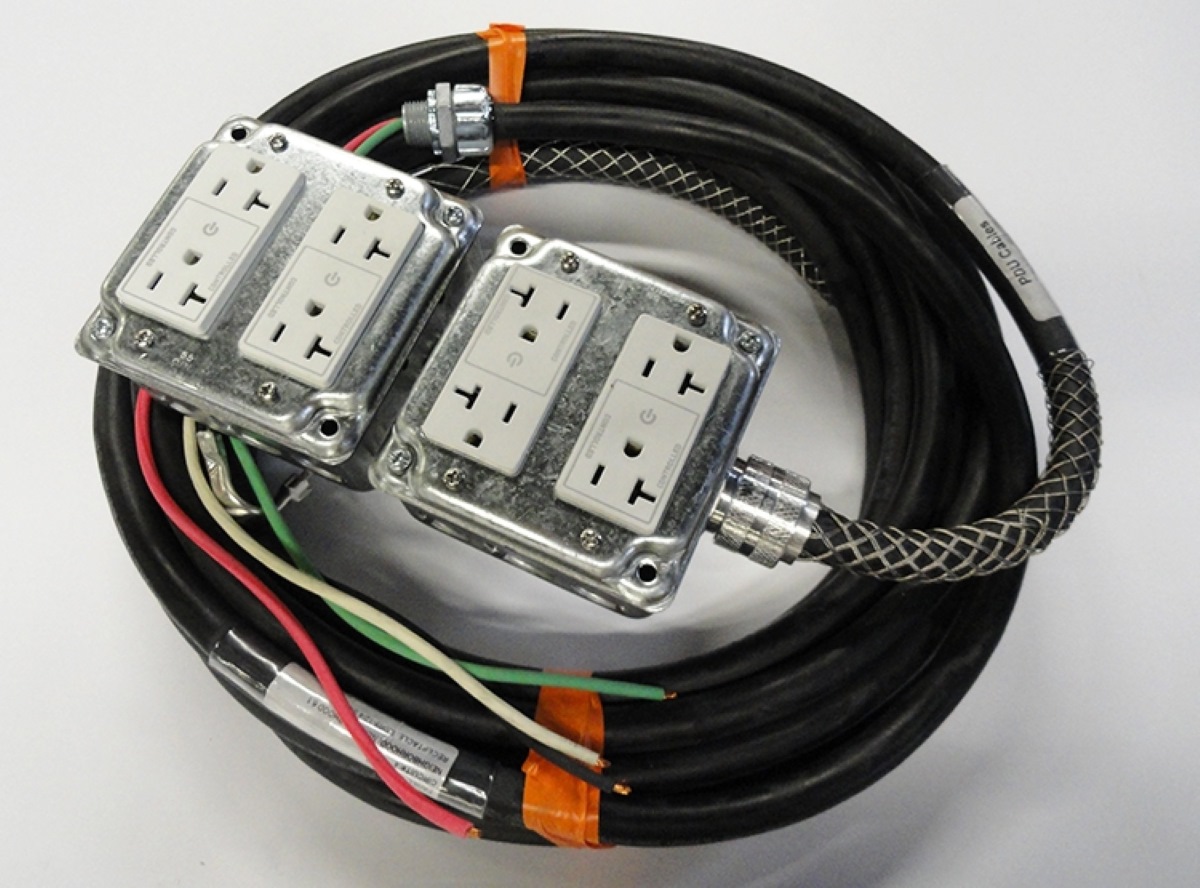

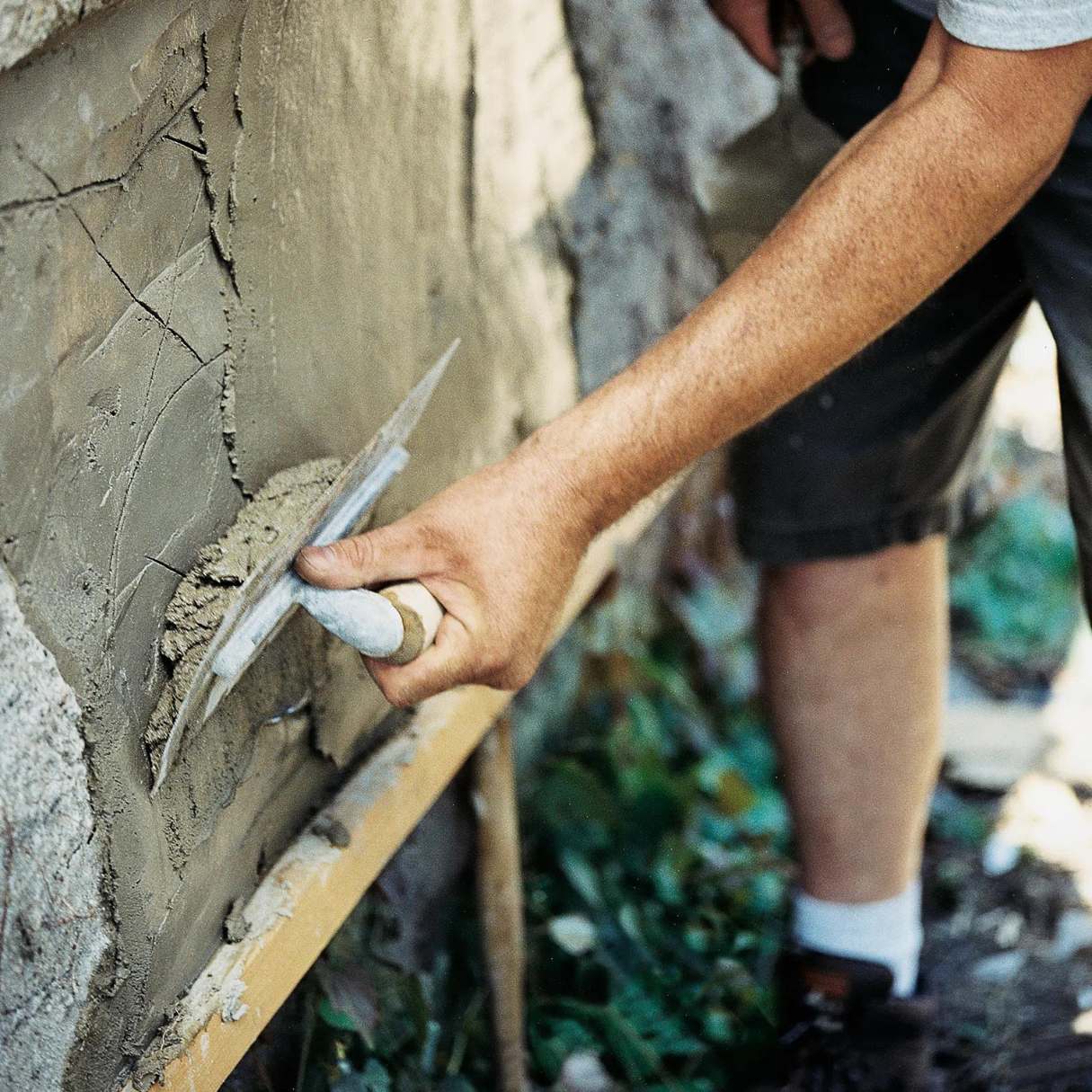

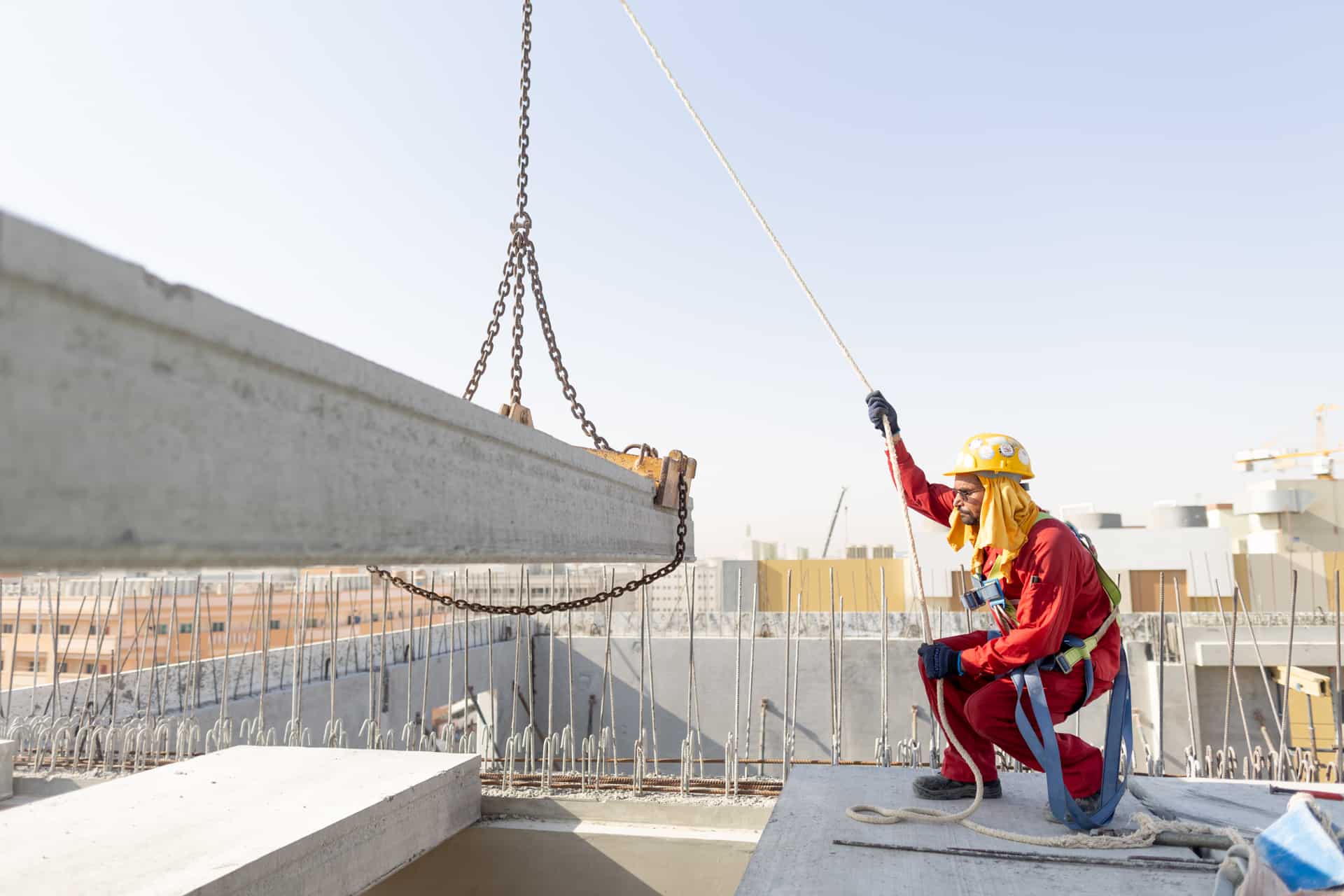
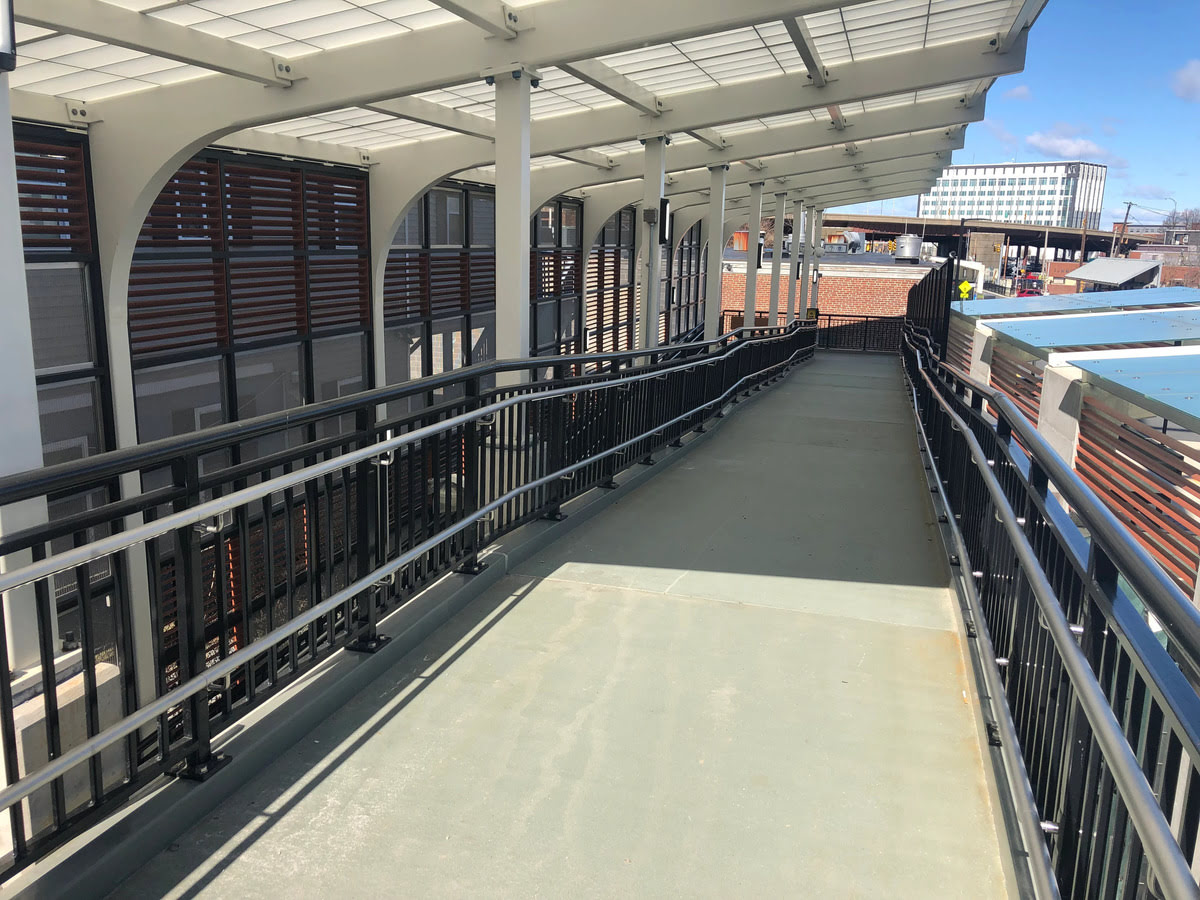


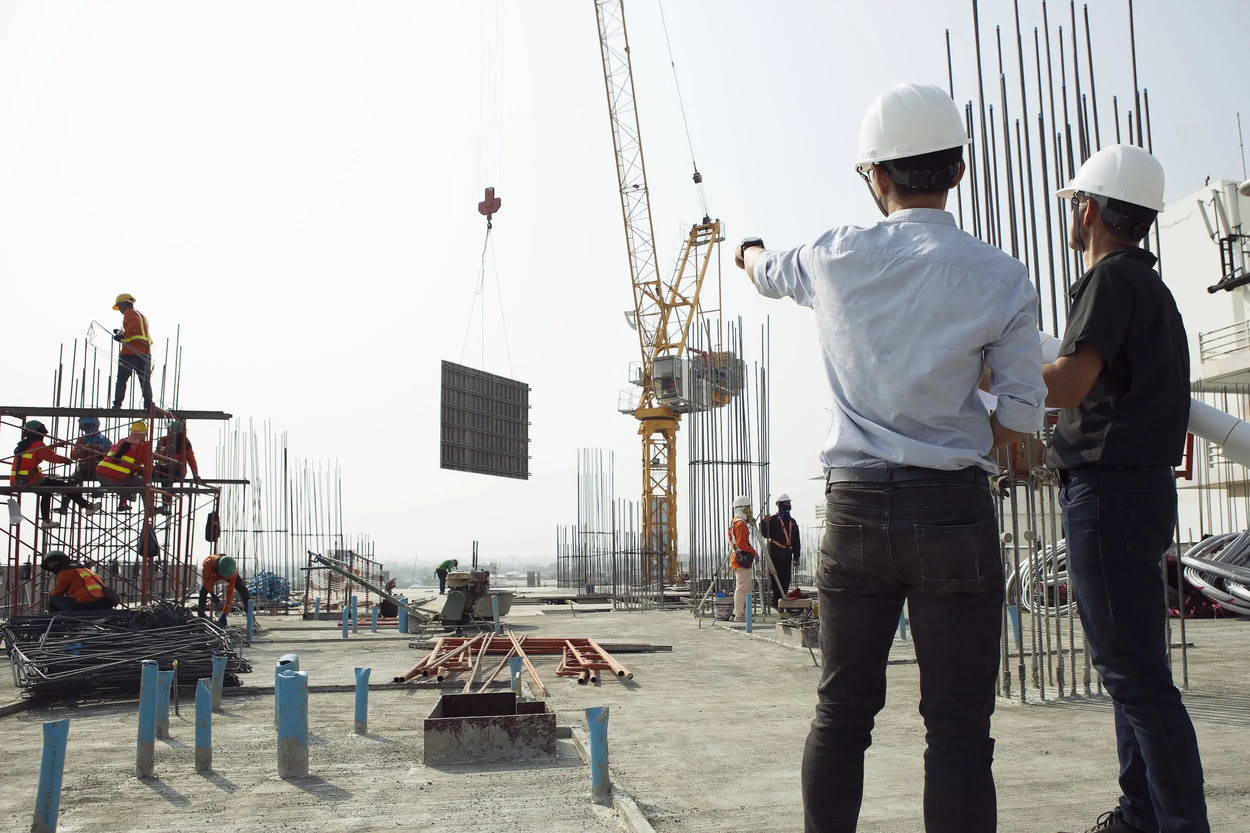

0 thoughts on “What Does AHJ Stand For In Construction”